List of Archbishops in Salzburg
I once had a list of all archbishops in Salzburg, just to help me date past international events with what happened in Salzburg during that time. It got lost, so I made a new one.
- Rupert (c. 696–718)
- Vitalis (c. 718–740)
- Modestus (c. 740–742)
- Virgil (c. 746–784)
- Arno (c. 785–821)
- Adalwin (c. 821–836)
- Otgar (c. 836–847)
- Adalwin II (c. 847–873)
- Liutpert (c. 873–907)
- Adalbert (c. 907–937)
- Herhold (c. 937–958)
- Friedrich I (c. 958–991)
- Hartwig I (c. 991–1023)
- Aribo (c. 1023–1039)
- Gebhard I (c. 1039–1041)
- Adalbero (c. 1041–1085)
- Thiemo (c. 1085–1101)
- Konrad I (c. 1106–1147)
- Eberhard I (c. 1147–1164)
- Konrad II (c. 1164–1168)
- Adalbert II (c. 1168–1177)
- Conrad III of Wittelsbach (c. 1177–1183)
- Adalbert III (c. 1183–1200)
- Eberhard II (c. 1200–1246)
- Bernhard I of Ziegenhain (c. 1247–1256)
- Philip of Carinthia (c. 1256–1257)
- Ulrich of Seckau (c. 1257–1265)
- Ladislaus of Salzburg (c. 1265–1270)
- Frederick II of Walchen (c. 1270–1291)
- Rudolf I of Hoheneck (c. 1291–1292)
- Conrad IV of Breitenfurt (c. 1292–1312)
- Friedrich III of Leibnitz (c. 1312–1338)
- Henry I of Pirnbrunn (c. 1338–1350)
- Albert II of Pietengau (c. 1350–1365)
- Pilgrim I of Puchheim (c. 1365–1396)
- Eberhard III of Neuhaus (c. 1396–1427)
- Conrad V of Weißeneck (c. 1427–1434)
- Frederick IV of Schaunberg (c. 1434–1452)
- Sigismund I of Volkersdorf (c. 1452–1461)
- Bernhard II of Rohr (c. 1461–1466)
- Burkhard II of Weißpriach (c. 1466–1468)
- Johann II of Reisberg (c. 1468–1484)
- Friedrich V of Schallenburg (c. 1484–1494)
- Johann III of Schallenburg (c. 1494–1514)
- Leonhard of Keutschach (c. 1514–1519)
- Matthäus Lang von Wellenburg (c. 1519–1540)
- Ernst of Bavaria (c. 1540–1554)
- Michael of Khuenburg (c. 1554–1560)
- Johann IV of Schrattenbach (c. 1560–1575)
- Georg of Kuenburg (c. 1575–1587)
- Wolf Dietrich Raitenau (c. 1587–1612)
- Marcus Sitticus of Hohenems (c. 1612–1619)
- Paris von Lodron (c. 1619–1653)
- Guidobald of Thun (c. 1654–1668)
- Maximilian Gandolf of Kuenburg (c. 1668–1687)
- Johann Ernst of Thun (c. 1687–1709)
- Franz Anton Harrach (c. 1709–1727)
- Leopold Anton von Firmian (c. 1727–1744)
- Jakob Ernst von Liechtenstein-Kastelkorn (c. 1745–1747)
- Andreas Jakob von Dietrichstein (c. 1747–1753)
- Sigismund III Christoph von Schrattenbach (c. 1753–1771)
- Hieronymus von Colloredo (c. 1772–1812)
- Sigmund Christoph von Zeil und Trauchburg (c. 1819–1823)
- Leopold Maximilian von Firmian (c. 1823–1831)
- Friedrich Johannes Jacob Celestin von Schwarzenberg (c. 1831–1849)
- Maximilian Joseph von Tarnóczy (c. 1850–1876)
- Franz de Paula Albert Eder (c. 1876–1890)
- Franz von Bettinger (c. 1890–1909)
- Johann Baptist Katschthaler (c. 1909–1914)
- Balthasar Kaltner (c. 1914–1918)
- Ignatius Rieder (c. 1918–1934)
- Sigismund Waitz (c. 1934–1941)
- Andreas Rohracher (c. 1943–1969)
- Karl Berg (c. 1969–1988)
- Georg Eder (c. 1988–2002)
- Alois Kothgasser (c. 2002–2013)
- Franz Lackner (c. 2013-present)
Please note that the years mentioned are approximate and represent the periods during which each archbishop served.
Newest Shenanigans
 | The Enchanting Ways of Austria Austria boasts a breathtaking tapestry of landscapes, from the soaring peaks of the Alps to the rolling hills of the wine regions. |
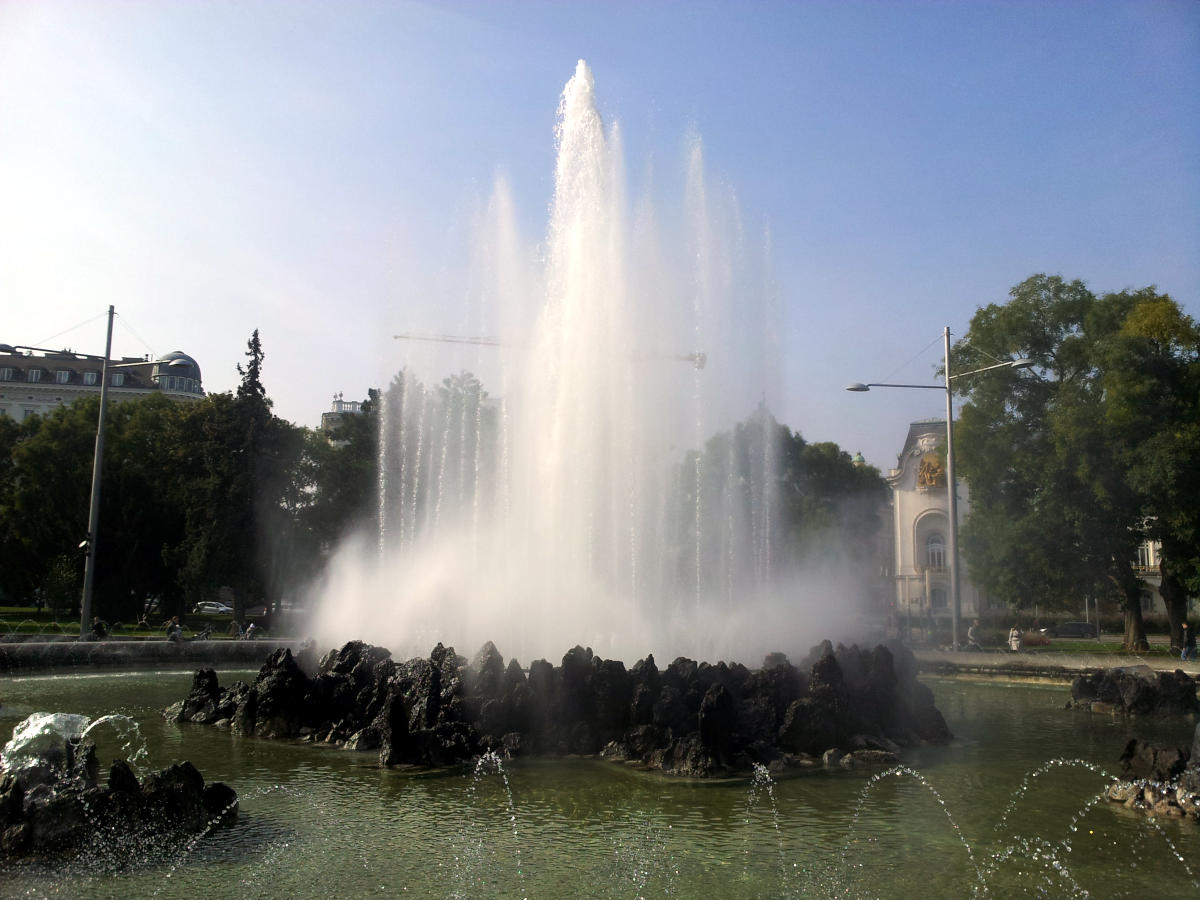 | 12 must-see attractions in Vienna, Austria There is never enough time to fully discover and appreciate a historic capital like Vienna, but we can try. So here is a list of 12 must-see attractions in Vienna. |
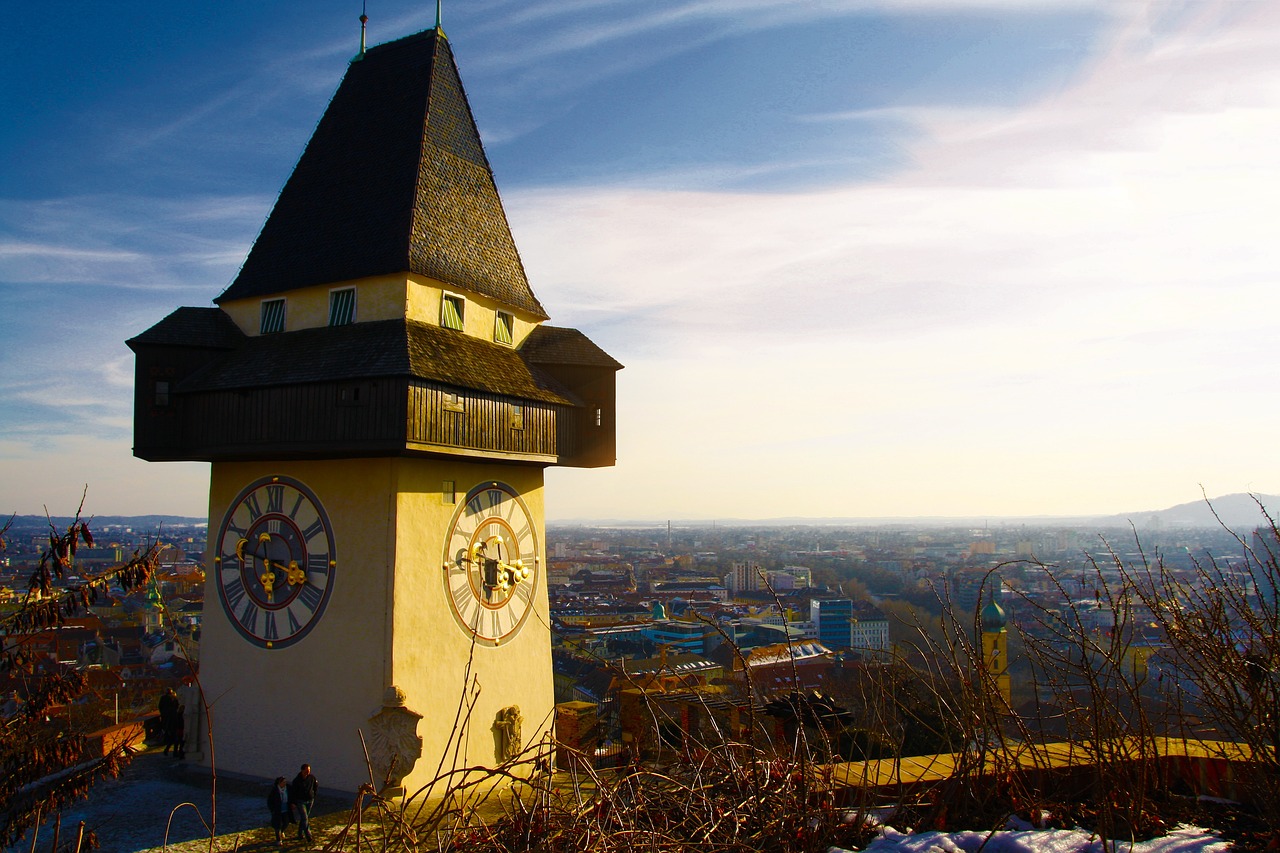 | 12 must-see attractions in Graz, Austria If you have time on your hand, I recommend to discover Graz by yourself. But time is tricky to come by these days, so here is a list of 12 must-see attractions in Graz, Austria. |
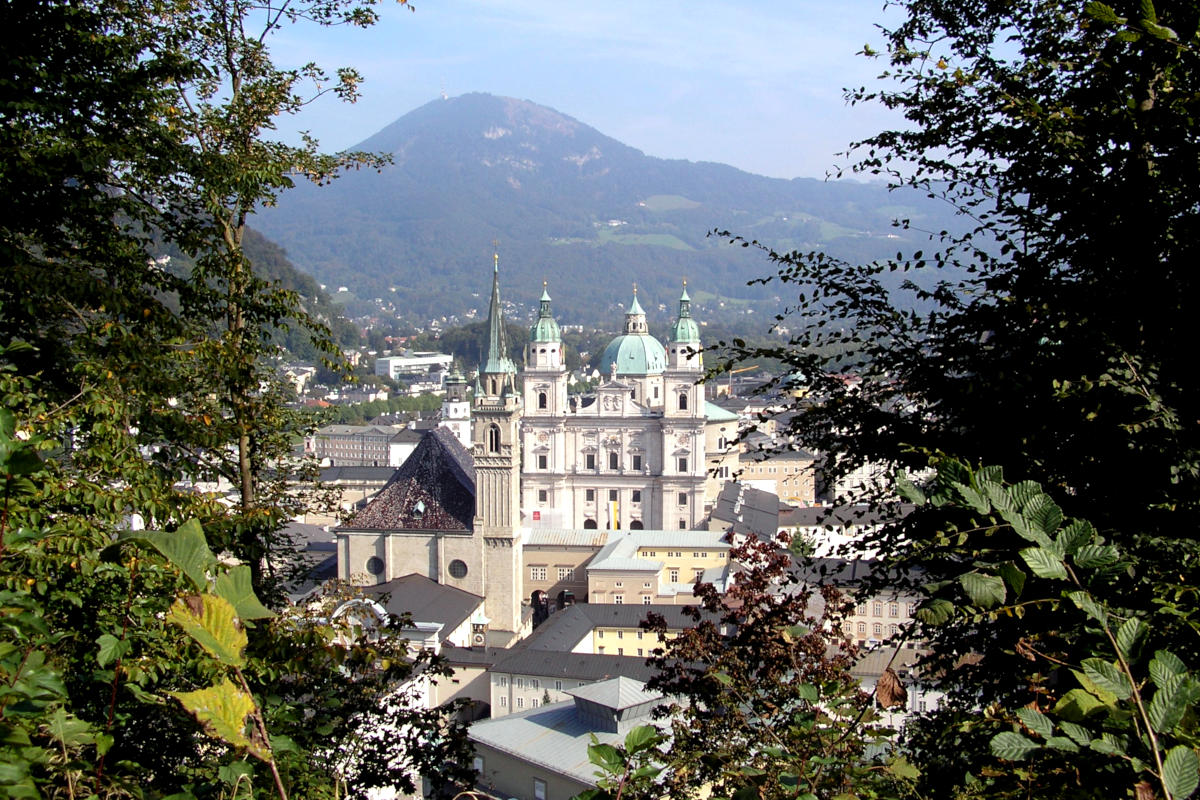 | 12 must-see attractions in Salzburg, Austria Like most places on our planet, Salzburg is a city you need time to fully discover and appreciate. However, time is always hard to come by these days. So here is a list of 12 must-see attractions in Salzburg. |
 | Some museums to visit in Salzburg Salzburg is a city rich in culture and history, so naturally it features many interesting museums. By all means, the list is not complete, but I try to add the small museums too. |
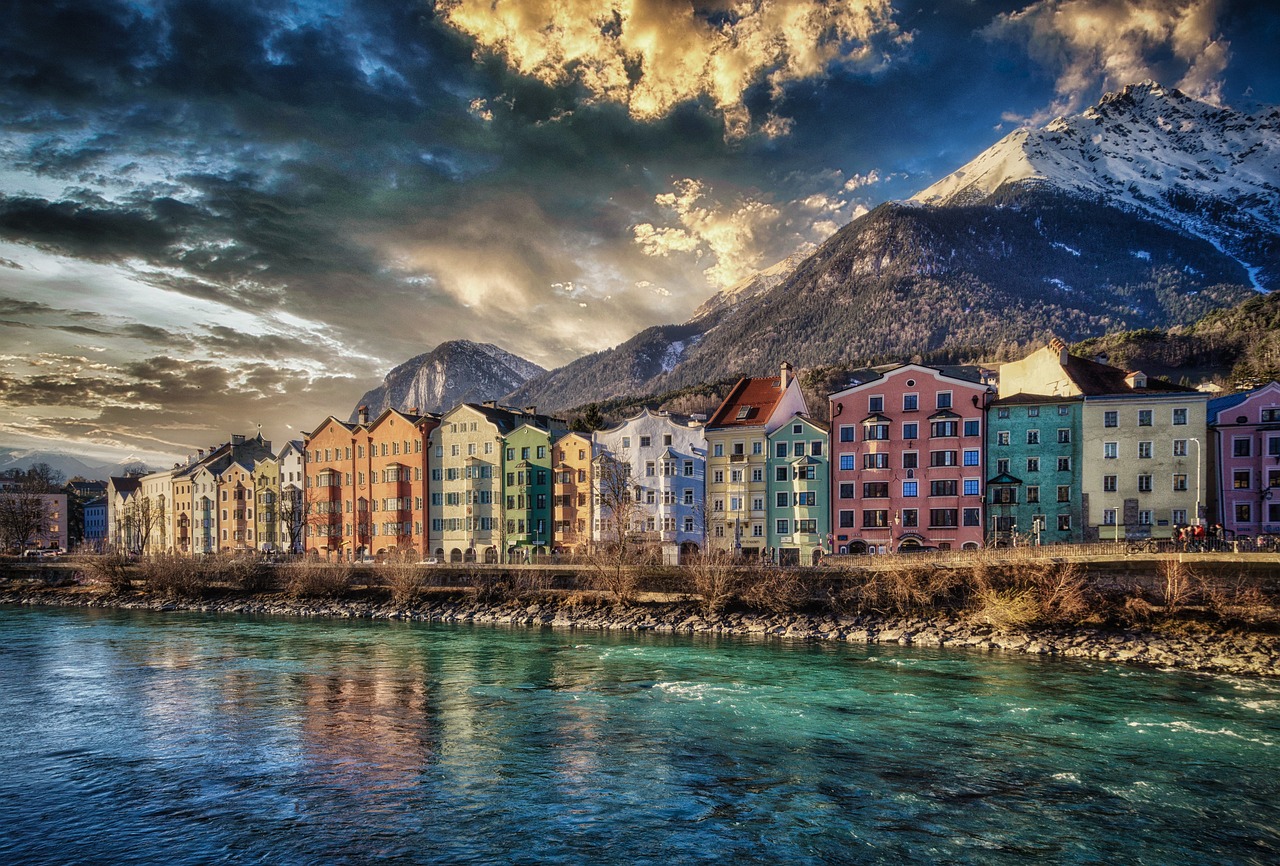 | 12 must-see attractions in Innsbruck, Austria Of course the best way to discover a city rich in culture and history like Innsbruck would be to spend a lot of time there. But since time is often an issue, here are 12 must-see attractions in Innsbruck, Austria. |
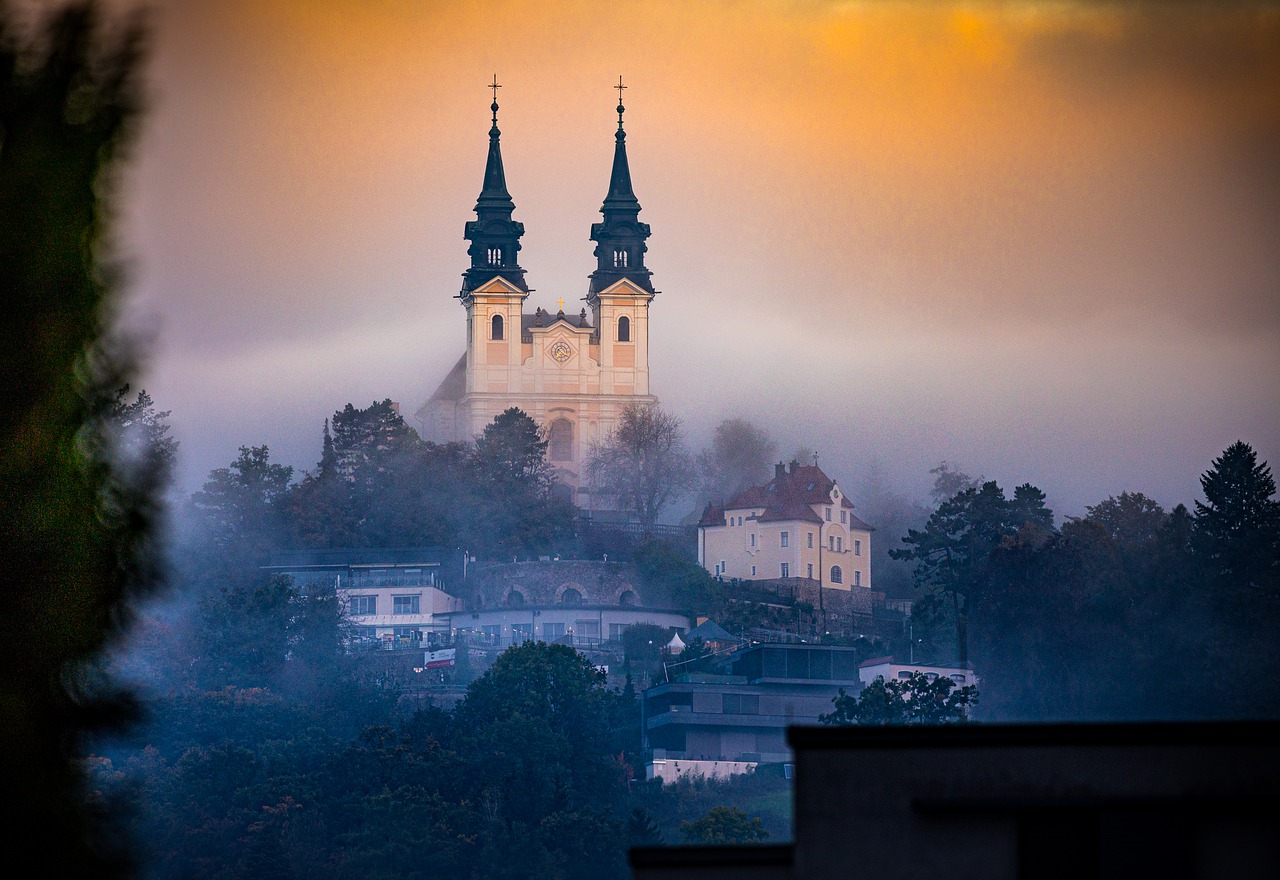 | 12 must-see attractions in Linz, Austria For us people of Salzburg, Linz is just a short hop away by train - so we can visit often. If you are short on time however, here are 12 must-see attractions in Linz, Austria. |
